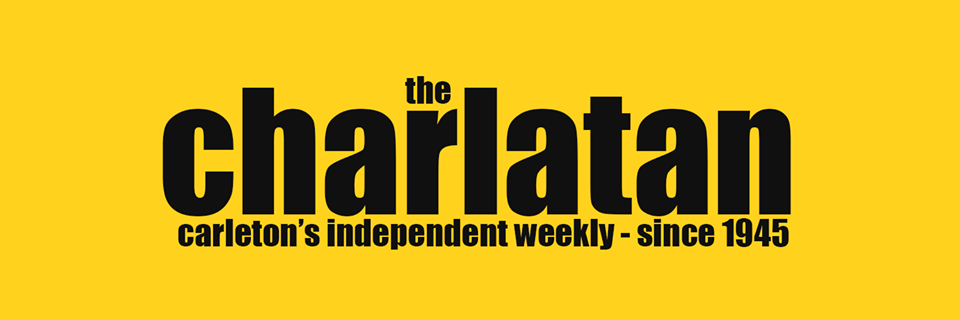Are you scared of single people? Does the thought of someone who cannot find love make you uncomfortable? The Great Canadian Theatre Company’s (GCTC) season opener You Are Happy explores the what if’s and buts that come with our need to love and be loved.
According to the play, 92 per cent of the population seeks love from another person. Someone who will follow them through life, kiss their fingertips in the grocery store, sleep on the other half of the bed. The other eight per cent has no need for relationships, and they love being single.
After Jeremy tries and fails to kill himself in his sister’s closet, Bridget, his sister, who is a proud member of the eight per cent, makes it her mission to find him a companion. She meets Chloe in the supermarket, looking at the women’s razors. After surprisingly little persuasion and a misleading contract, Chloe ends up living with Jeremy. The two fall in love almost instantly and their relationship is perfect, in the beginning at least.
Jeremy, played by David Brown, is the epitome of a hopeless romantic. Brown convincingly portrayed the youthfulness and innocence of his character while still maintaining his character’s inner sadness. Mélanie Beaucamp was over the top as Bridget. She played the concerned sister and mischievous cupid with ease. Chloe, the love interest, played by Katie Bunting, was the most relatable character. Not only was she hilarious, but she was so true to life that you could not help but see yourself in her. Bunting created a character that the audience rooted for.
You Are Happy was written by Rébecca Déraspe and translated into English for the first time for the GCTC stage by Leanna Brodie from the original, Deux ans de votre vie. Ottawa-based director, Adrienne Wong did a great job of telling the story of Jeremy, Bridget, and Chloe as they struggle to find love and happiness in a chaotic, modern world.
The unique set, designed by John Doucet, consisted of a swivelling black cube with no sides except for one that had long roll-up blinds. Inside, there was a set of stairs and a tall empty rectangle that was pushed around by the actors. The set worked well when the cube was being turned and the actors would pop out in different places. The tall rectangle was confusing at points and did not fulfill any obvious purpose.
Lighting, designed by Chantal Labonté, was used effectively. There were long strips of LED lights on the outline of the cube. At one point all the lights turned off except for the LEDs and they flashed in tune to the music that Bridget was dancing to. At some points it was hard to see the faces of the actors who were not inside the cube, as the lighting was not as strong on other parts of the stage.
One of the best parts of You Are Happy was the amazing music that was chosen. Songs such as “Redbone” by Childish Gambino and “Wouldn’t It Be Nice” by The Beach Boys accompanied the action well. The modern soundtrack made the characters’ problems more believable.
You Are Happy tackles the big question about what happens when you just let life happen? Our generation is so concerned with control and creating a perfect life. We are told to have our own back and to be our own best friend. Can we realistically do this when it comes to relationships when we have to trust someone with our emotions and our bodies? You Are Happy challenges us to silence the constant stream of “I should haves” and “what if’s” and to lose ourselves in love, in all of its imperfect forms.






